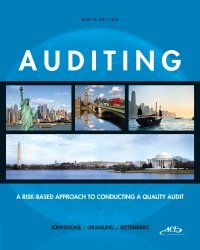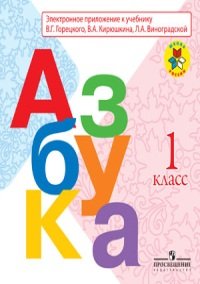Karla Johnstone – Auditing (9th edition)
1.730 ₽
Автор: Karla Johnstone
Название книги: Auditing (9th edition)
Формат: PDF
Жанр: Экономические дисциплины
Страницы: 910
Качество: Изначально компьютерное, E-book
The auditing environment continues to change in dramatic ways, and university
graduates entering the profession must be prepared for a high standard of
responsibility. Here are only three examples of these changes:
● The American Institute of Certified Public Accountants (AICPA) and the
International Auditing and Assurance Standards Board (IAASB) have issued
clarifications that harmonize auditing standards in the United States (for
nonpublic entities) and internationally.
● The Committee of Sponsoring Organizations (COSO) of the Treadway
Commission has issued an updated Internal Control–Integrated
Framework.
● The AICPA recently issued new audit sampling guidance.
The ninth edition of Auditing: A Risk-Based Approach to Conducting a Quality
Audit represents the most up-to-date professional guidance available, and
reflects the clarified auditing standards and the newest PCAOB standards. It discusses
COSO’s updated Internal Control–Integrated Framework and integrates
discussions of fraud risk throughout the textbook. In short, the ninth edition
helps students understand the full range of auditing issues in the evolving global
environment.
Just as significantly, the ninth edition features entirely new and significantly
revised end-of-chapter materials that have been developed to help students prepare
for exams and understand real-life auditing scenarios. This material is
updated, streamlined, and user friendly, with each problem linked to a specific
learning objective. In addition, students will gain valuable experience by using the
professional ACL auditing software that is packaged with each new textbook.
Revision Themes of the Ninth Edition
1. Enhance and integrate discussion of audit quality and the importance of
fraud detection throughout all chapters. Many instructors indicate that they
support an increased focus of the ninth edition on audit quality. And fraud
detection is a recurring theme of importance among auditing instructors.
Accordingly, the authors thoroughly revised Chapter 2 to focus on audit
quality and the importance of fraud detection. Significant fraud-related
material from the eighth edition’s Chapter 9 was moved to Chapter 2, which
enables the early introduction of this topic and allows for integration of the
topic of fraud throughout the chapters dealing with audit risk, audit evidence,
and auditing specific cycles. Moreover, the authors introduced the
Financial Reporting Council’s Audit Quality Framework in Chapter 1.
Elements of this framework are applied throughout subsequent chapters of
the textbook, with particular focus continuing in the chapter on completing
the audit (Chapter 14). Finally, a section of each relevant chapter includes
a new fraud-related discussion with both U.S. and international examples
and applications.
2. Implement a unifying framework for the chapters containing transaction
cycles to provide users with a big picture perspective (Chapters 9–13).
Each chapter covering one of the primary transaction cycles has been restructured
and contains a unifying framework to address key audit activities. This
unifying framework is initially introduced in Chapter 5. The activities comprising
the framework include identifying significant accounts, disclosures,
and relevant assertions; identifying and assessing inherent risks, fraud risks,
and control risks; using preliminary analytical procedures to identify possible
material misstatement; determining appropriate responses to identified risks
of material misstatement; determining appropriate tests of controls and considering
results of tests of controls; and determining and applying sufficient
appropriate substantive audit procedures.
3. Restructure and streamline end-of-chapter materials. The end-of-chapter
materials have been thoroughly updated and streamlined to be much more
user friendly. They are organized into the following categories: True-False
Questions, Multiple-Choice Questions, Review and Short Case Questions,
Contemporary and Historical Cases, Application Activities, Academic
Research Cases, Ford and Toyota Case, and ACL Cases. Further, each endof-
chapter item is linked to a specific learning objective identified at the
beginning of the chapter.
4. Develop an entirely new chapter on non-external audit services. The first
16 chapters of the textbook include the discussion of the audit opinion
formulation process and cover topics relevant to a financial statement audit.
The new Chapter 17 covers other services, including nonaudit attestation
services, review engagements, compilation engagements, assurance on
interim financial information, special considerations for reporting, agreedupon
procedures, financial forecasts and projections, pro forma
financial information, forensic accounting, and sustainability
reporting.
5. Appropriately balance increased international focus. A significant number of
auditing instructors plan to increase coverage of international auditing standards
and practices as U.S. and international standards converge. However,
an equally large number of instructors counsel caution, saying that until the
standards converge they will continue to moderate their international coverage.
In response to these diverse opinions, the authors include more cases,
examples, and descriptions of frauds containing international coverage, and
they have updated coverage of international auditing standards. All the
while, the revised textbook continues with extensive coverage of U.S. trends
in standards and practices






Отзывы
Отзывов пока нет.